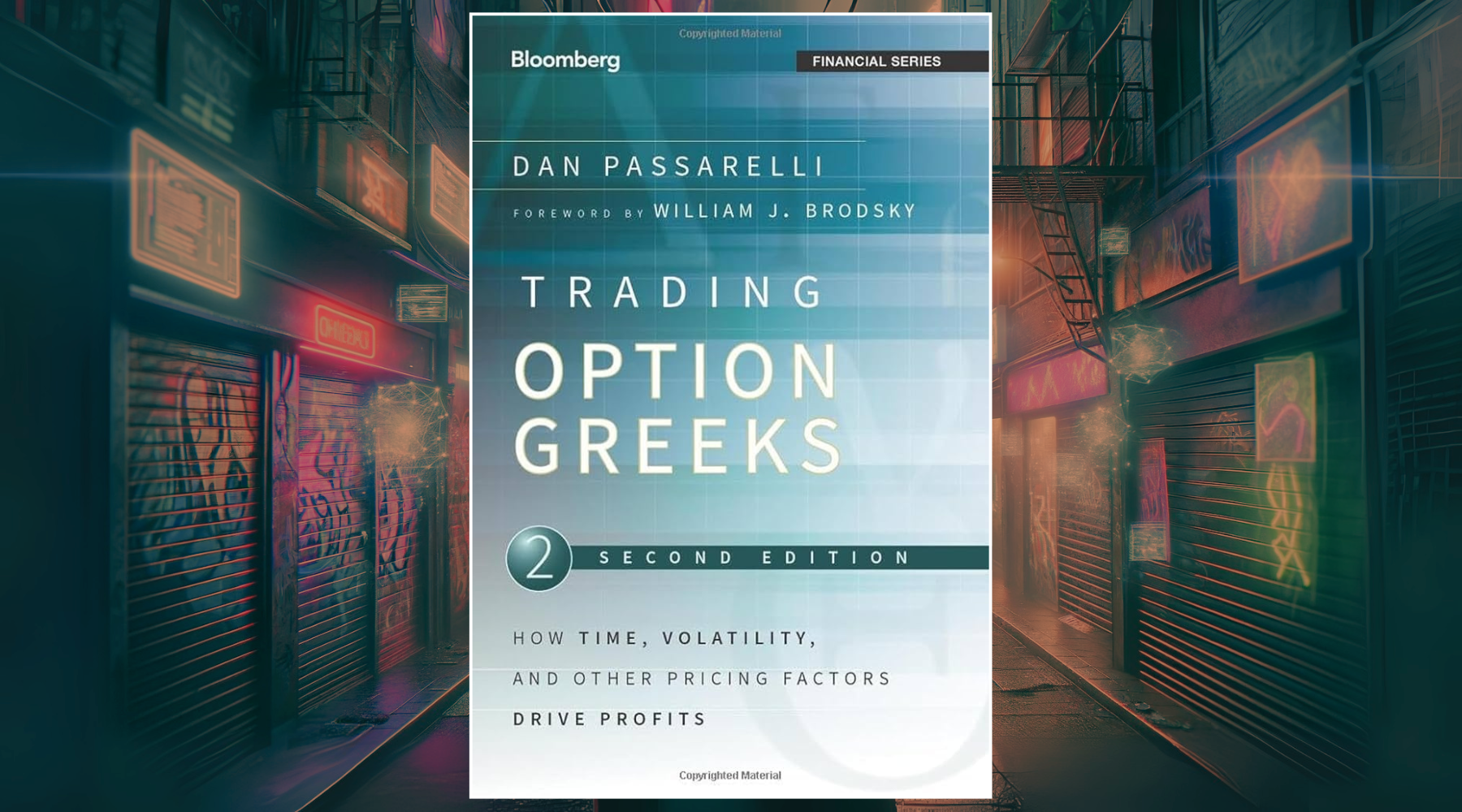
Comparing S-1 and S-3 Registrations
Form S-1 and Form S-3 are two common registration statement forms companies file with the Securities and Exchange Commission (SEC) when publicly offering securities like stocks or bonds. Here is an overview comparing the key differences between the two forms:
Form S-1
- Can be used by any company going public or issuing securities. No eligibility requirements.
- Requires full disclosure with each new filing. Cannot incorporate by reference.
- More flexibility in disclosures. Can accommodate unique situations.
- Allows confidential filing initially before public release.
- No limits on amount of securities offered.
- More time consuming and costly to prepare than S-3.
Form S-3
- Short form only available to companies meeting eligibility rules like 12 months public.
- Allows simplified disclosure through incorporation by reference.
- Shelf registrations allow one filing but multiple offerings over time.
- Automatic forward incorporation of future company filings.
- Faster and lower burden than S-1, especially for shelf offerings.
- Limits on amount of securities for some smaller companies.
Reasons a Company May Prefer S-1
- Does not meet eligibility requirements to use Form S-3
- Wants more disclosure flexibility for unique situations
- Seeking maximum proceeds with no limits on offering size
- Desires confidential filing process before public release
- Needs more promotional content soon after IPO
In summary, Form S-1 provides more flexibility but is more burdensome, while Form S-3 is faster and simpler but has eligibility requirements. Companies may opt for S-1 if they cannot use S-3 or want its specific benefits like confidential filing.







